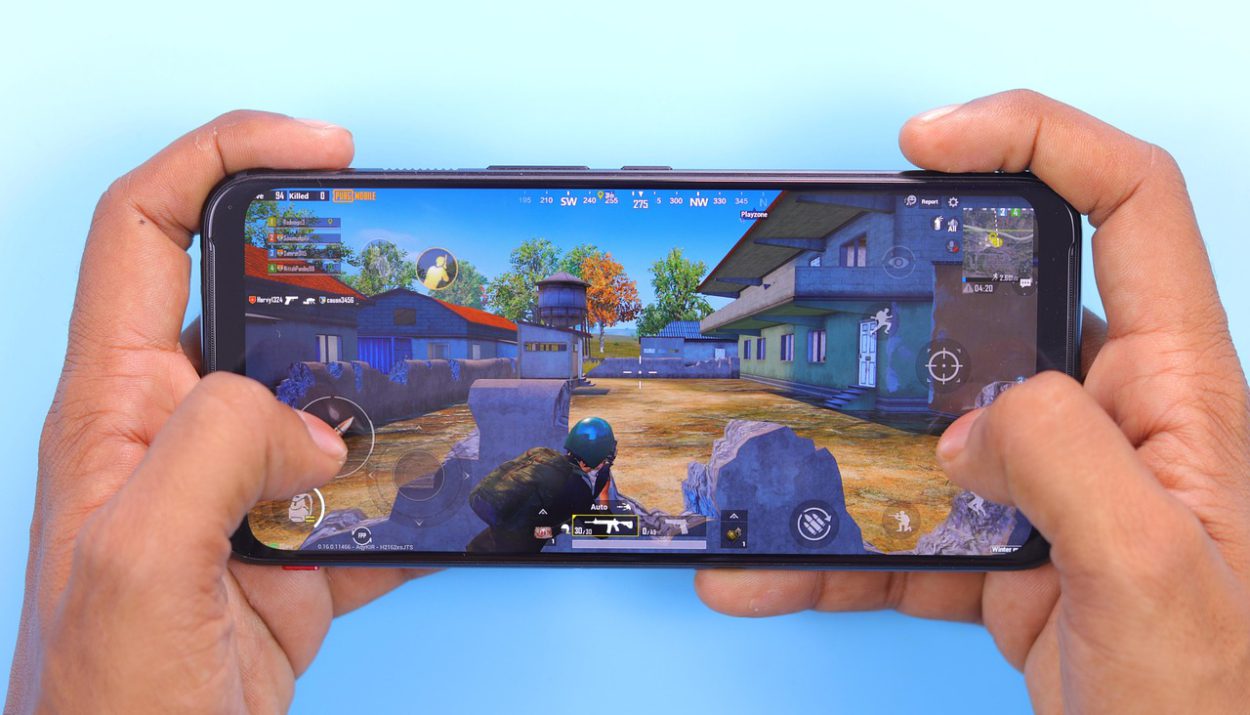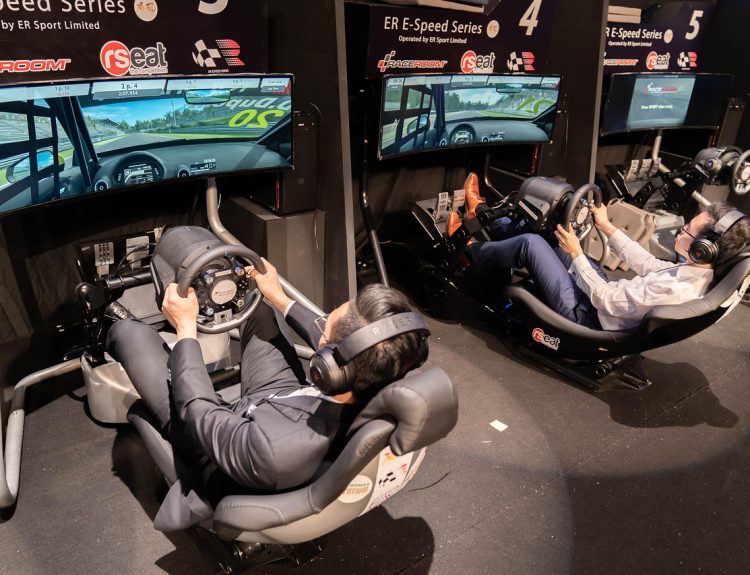The world of competitive gaming is changing rapidly, and nowhere is that more evident than in the rise of mobile esports tournaments. What was once considered a casual form of play has transformed into a full-fledged competitive ecosystem, drawing millions of participants and viewers worldwide. Mobile gaming tournaments are no longer side attractions; they are headline events with massive prize pools, global fanbases, and sponsorships from some of the biggest names in tech and entertainment.
At the heart of this surge is accessibility. Unlike traditional esports that require high-powered PCs or consoles, mobile gaming only demands a smartphone, which makes it the most inclusive gateway into esports. The growing popularity of mobile titles and their competitive formats has cemented mobile esports as a central pillar in the global gaming industry.
The Growth of Mobile Esports
The numbers tell the story of mobile esports growth more convincingly than anything else. The mobile gaming market has become the largest segment of the gaming industry, accounting for more than half of global gaming revenue. Millions of players log in daily to battle in popular titles, while live streams of mobile gaming tournaments regularly attract viewership figures rivaling traditional esports competitions.
According to recent esports statistics, mobile esports audiences are expanding at double-digit rates each year. Regions like Southeast Asia, South America, and India have become hotbeds of activity, where tournaments fill stadiums and online broadcasts break viewership records. With more than three billion smartphone users worldwide, the potential for further growth seems nearly limitless.
Popular Mobile Esports Games
At the center of this phenomenon are the games themselves. Titles like PUBG Mobile, Free Fire, and Mobile Legends have become staples in competitive play, each offering a unique mix of accessibility and strategic depth.
PUBG Mobile tournaments dominate the battle royale space, bringing together squads from around the globe to fight for survival in high-stakes matches. Free Fire esports thrives on its fast-paced gameplay and accessibility, particularly in regions with more modest mobile hardware. Meanwhile, Mobile Legends competitions have carved out a massive following in Southeast Asia, where the game’s streamlined mechanics and team-based strategy make it an ideal esport.
These games strike a balance between casual fun and competitive intensity, attracting millions of everyday players while offering enough skill depth to sustain professional leagues.
Major Mobile Esports Tournaments
By 2025, mobile esports tournaments will have grown into some of the biggest events in competitive gaming. International competitions such as the PUBG Mobile Global Championship and Free Fire World Series draw massive prize pools, sometimes exceeding millions of dollars. Global mobile gaming events now feature professional production value, streaming across platforms like YouTube and Twitch to audiences in the tens of millions.
In addition to global championships, regional leagues play a crucial role in developing talent and building fan engagement. Sponsors from tech giants to beverage companies are fueling this growth, ensuring that esports championships for mobile games rival traditional esports in prestige and scale.
The Role of Technology in Mobile Esports
The backbone of competitive mobile gaming is technology, and advancements in recent years have transformed how players compete. The rollout of 5G esports impact has been monumental, reducing latency and ensuring smoother gameplay across regions. Mobile gaming devices now boast high-refresh-rate screens, powerful processors, and advanced cooling systems designed specifically for competitive play.
These innovations have made mobile esports technology a legitimate force, closing the performance gap between mobile and other gaming platforms. Players no longer need to worry about lag or device limitations when competing at the highest levels.
The Rise of Mobile Esports Influencers and Streamers
Just as the games have grown, so too have the personalities around them. Mobile esports streamers have become stars in their own right, drawing millions of followers on YouTube, TikTok, and Twitch. These gaming influencers don’t just compete–they entertain, educate, and build communities around their favorite titles.
Esports content creators also play a vital role in promoting tournaments and keeping fans engaged year-round. Whether they’re offering tips on mastering Free Fire or live-streaming a tense PUBG Mobile finale, influencers have become an essential part of the ecosystem, bridging the gap between professional players and casual audiences.
Challenges Facing Mobile Esports
Despite its rapid ascent, competitive mobile gaming still faces hurdles. Among the biggest mobile esports challenges are cheating and hacking, which can undermine the integrity of online competitions. Mobile gaming issues like device performance disparities and connectivity problems also raise concerns about fairness in global tournaments.
Monetization presents another challenge. While free-to-play models attract massive audiences, sustaining professional leagues requires balancing player enjoyment with revenue from in-game purchases, sponsorships, and media rights. The industry continues to grapple with these growing pains as it matures into a more structured ecosystem.
Future of Mobile Esports
The future of mobile esports looks brighter than ever. With expanding 5G networks, increasingly powerful mobile hardware, and a growing base of passionate players, the stage is set for continued growth. Analysts predict that mobile gaming trends will see tournaments expand into new regions, with Africa and the Middle East poised to become emerging markets for competitive play.
On a broader scale, the esports industry outlook suggests that mobile will continue to drive much of the sector’s expansion, bringing in new audiences and redefining what it means to be a professional gamer. Expect more hybrid events that blend online accessibility with live stadium finals, as well as deeper integration with social media and streaming platforms.
Conclusion
The rise of mobile esports has been one of the most transformative forces in gaming over the past decade. From humble beginnings to stadium-packed mobile gaming tournaments, the sector has proven its power to attract players, fans, and investors alike. Its accessibility, global reach, and technological backbone have positioned mobile esports as a critical piece of the broader esports ecosystem. Smarter finance, better future—explore The Finance Gig.






